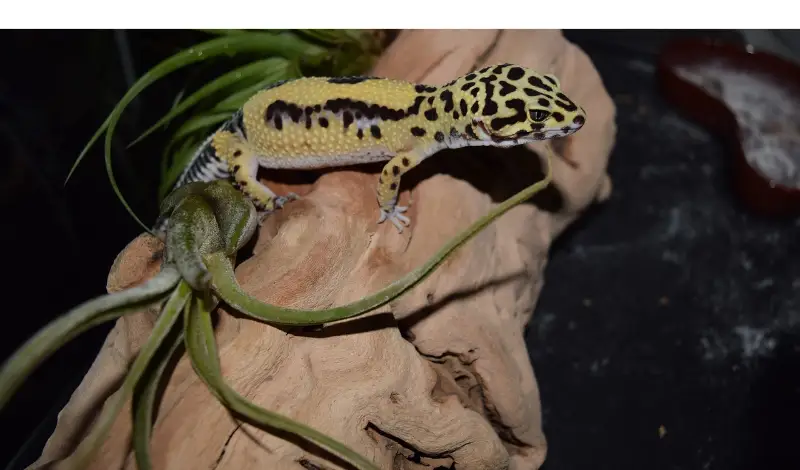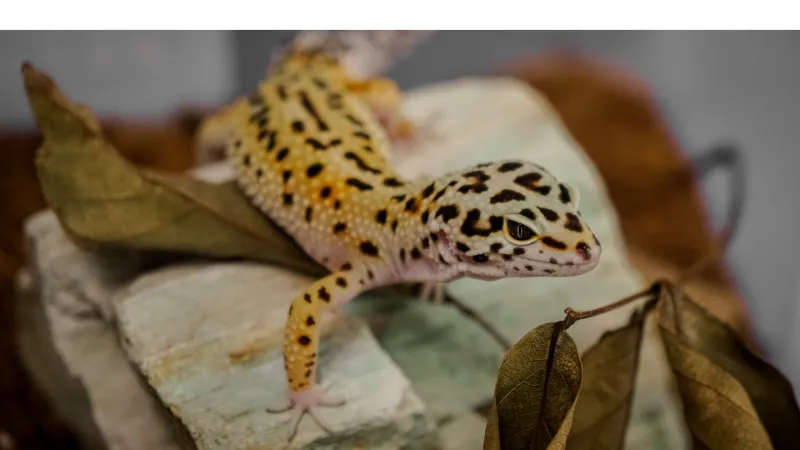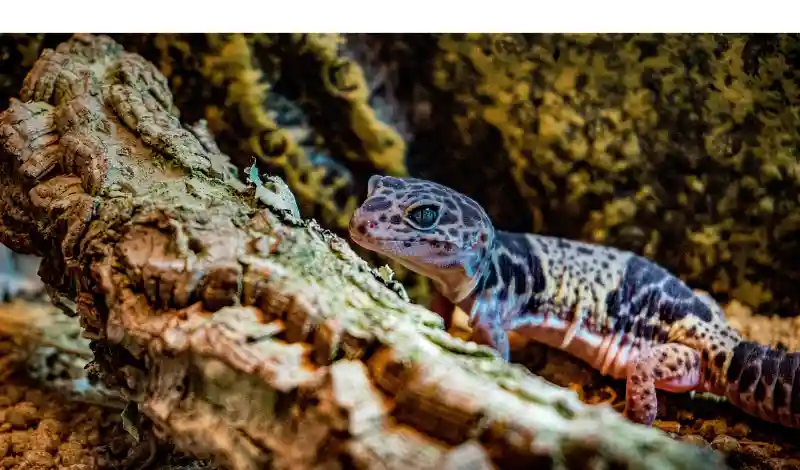Have you ever wondered, What is a bearded dragon’s vision like?
As bearded dragon owners, it’s only natural to be curious about how our scaly friends see the world.
It turns out that their vision is quite different from our own, and understanding it can help us create a more comfortable and stimulating environment for our beloved beardies.
In this post, we’ll explore the fascinating world of bearded dragon vision, from the unique anatomy of their eyes to their ability to see colors and ultraviolet light.
And, yes, we’ll even answer the burning question: Do bearded dragons recognize your face?
So, let’s dive in and discover what life looks like through the eyes of a bearded dragon.
Fun Fact #1: Bearded dragons have a "third eye" on top of their heads called the parietal eye, which helps them detect light and movement.
The Bearded Dragon’s Eye Anatomy
Bearded dragons have some pretty unique features when it comes to their eyes. Let’s explore the fascinating anatomy that helps them see and interact with their environment.
The Parietal Eye: A Unique Feature
Remember that third eye we mentioned in the introduction? It’s called the parietal eye, a small, light-sensitive spot on the top of a bearded dragon’s head.
While it doesn’t provide detailed images as their main eyes do, it plays a crucial role in detecting light and movement.
This sensory organ helps bearded dragons know when a potential predator is nearby, even if it’s approaching from above. Talk about a cool built-in security system!
Eyelids and Nictitating Membrane
Unlike humans, bearded dragons have three eyelids! They have an upper and lower eyelid, just like us, but they also have a transparent third eyelid called the nictitating membrane.
This special eyelid acts as a sort of natural “safety goggles,” protecting their eyes from dust and debris while still allowing them to see. It also helps keep their eyes moist in the arid environments they call home.
The Retina: A Complex Structure
At the back of the bearded dragon’s eye lies the retina, a light-sensitive tissue responsible for creating the images they see. The retina contains two types of photoreceptor cells: rods and cones.
Rods are responsible for detecting light and motion, while cones help with color vision. Bearded dragons have a higher ratio of cones to rods, which means they have impressive color vision.
Fun Fact #2: These reptiles can perceive ultraviolet light, which plays an essential role in their daily lives and social interactions.
Color Vision in Bearded Dragons
Bearded dragons have some pretty amazing abilities when it comes to seeing colors. Let’s explore the vibrant world they perceive and the role that colors play in their lives.
Ultraviolet Perception: Seeing Beyond the Rainbow
One of the most fascinating aspects of how bearded dragons see is their ability to perceive ultraviolet (UV) light. Humans can’t see UV light, but for bearded dragons, it’s essential to their vision.
UV perception helps them find food, locate suitable basking spots, and even communicate with other bearded dragons.
It also plays a crucial role in their overall health, as exposure to UV light helps them synthesize vitamin D, which is necessary for calcium absorption.
Color Significance in Bearded Dragon Behavior
So, why is color vision so important to bearded dragons? Well, it turns out that colors play a key role in their social interactions and mating rituals.
Males often display vibrant colors to attract females or to assert dominance over other males. Females, on the other hand, may change colors to signal their willingness to mate or to show submission.
Being able to perceive these subtle color changes helps bearded dragons navigate their complex social lives.
Depth Perception and Field of View
A bearded dragon’s ability to perceive depth and its wide field of view are critical adaptations for life in the wild. Let’s take a closer look at these aspects of their vision.
Binocular Vision: Seeing in 3D
Bearded dragons have binocular vision, which means that both of their eyes work together to perceive depth. This 3D vision is essential for hunting prey and navigating their environment.
It allows them to accurately judge distances and make split-second decisions, whether they’re lunging at a tasty insect or leaping from one branch to another.
Adaptations for Predation and Escape
In addition to binocular vision, bearded dragons also have a wide field of view, thanks to the position of their eyes on the sides of their heads.
This panoramic vision helps them spot potential predators and prey, even if they’re not directly in front of them. It’s a great adaptation for both hunting and avoiding becoming someone else’s lunch!
The Role of Vision in Bearded Dragon Communication
Bearded dragons rely heavily on their vision for communication. They use a range of visual cues to interact with each other and convey important information.
Let’s explore some of the fascinating ways they “talk” without saying a word.
Visual Displays: Body Language and Colors
Bearded dragons use body language and color changes to communicate various messages. For example, they might puff up their beards or change their body color to a darker shade to show dominance or aggression.
On the flip side, submissive behaviors often involve flattening their bodies and displaying lighter colors. Understanding these visual cues can help us better interpret our bearded dragons’ needs and emotions.
How Bearded Dragons “Wave” and “Head-Bob”
Bearded dragons communicate two unique behaviors to communicate: “waving” and “head-bobbing.” Waving involves lifting one front leg and moving it in a circular motion, and it’s often a sign of submission or recognition.
So, when you wonder, Do bearded dragons recognize your face? The answer is likely yes; they might even “wave” to acknowledge you!
Head-bobbing, on the other hand, is a more assertive behavior. It’s characterized by rapid up-and-down movements of the head and can signal dominance, territoriality, or interest in a potential mate.
Understanding and Catering to Your Bearded Dragon’s Visual Needs
Now that we’ve explored the world of bearded dragon vision, let’s discuss how we can use this knowledge to create a comfortable and stimulating environment for our pets.
Providing Proper UV Lighting
One of the most important aspects of bearded dragon care is providing appropriate UV lighting.
Since they rely on UV light to synthesize vitamin D and maintain good health, it’s essential to ensure they have access to a quality UVB light source in their enclosure.
Replace the UVB bulbs according to the manufacturer’s recommendations, as their effectiveness decreases over time.
Enriching Your Bearded Dragon’s Environment
Understanding how bearded dragons see can help us create a more engaging and visually stimulating environment for them. Offer a variety of textures, colors, and hiding spots to keep things interesting.
Include branches and other climbing opportunities to encourage exploration and exercise their depth perception.
Also, be mindful of your bearded dragon’s field of view when arranging its enclosure.
Position their basking spot so they can easily see their surroundings, and ensure they have a clear line of sight to any other bearded dragons they may be housed with, as this will help facilitate communication and prevent potential conflicts.
Conclusion: Gaining Insight into Your Bearded Dragon’s World
We can better understand their needs and behaviors by exploring the fascinating world of bearded dragon vision.
This newfound knowledge can help us provide the best possible care and create a comfortable, engaging environment for our scaly friends.
So the next time you find yourself wondering, how do bearded dragons see? just remember their unique visual capabilities and how they shape their lives.
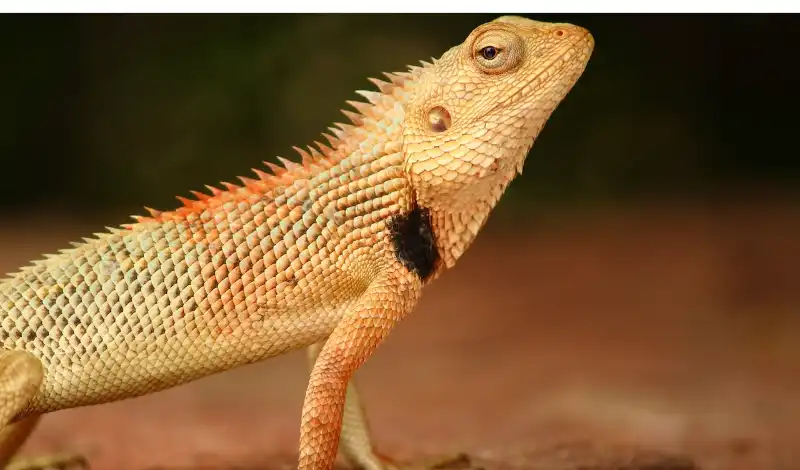
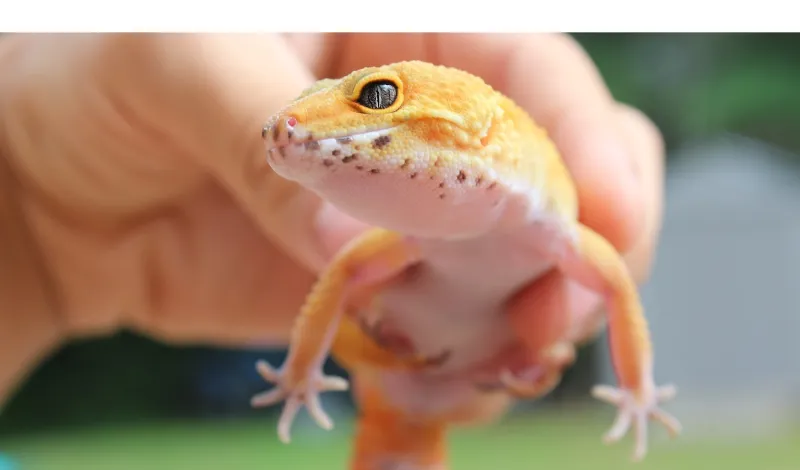
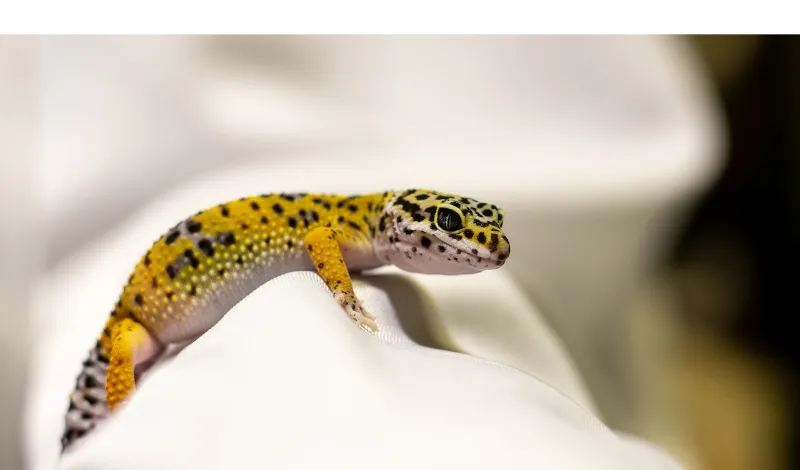
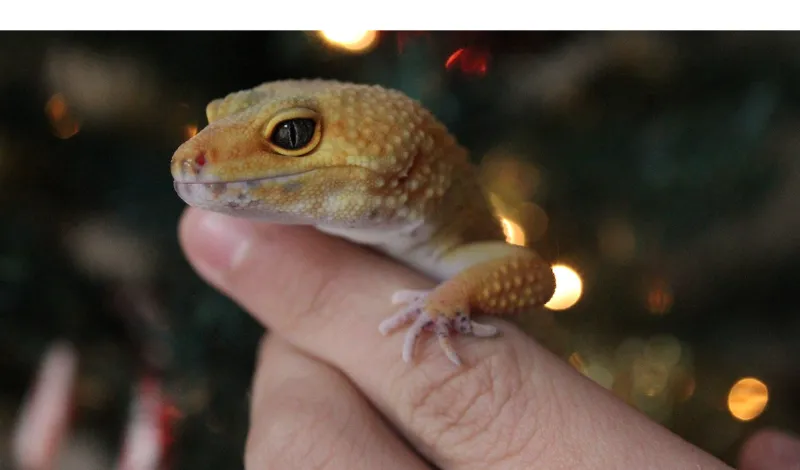
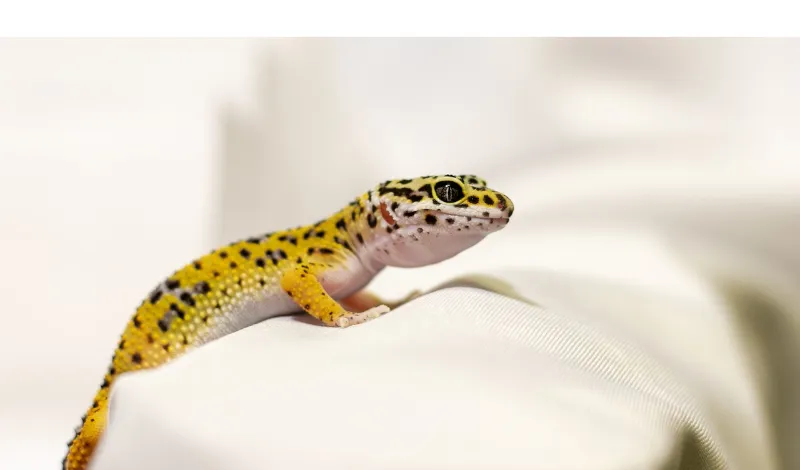
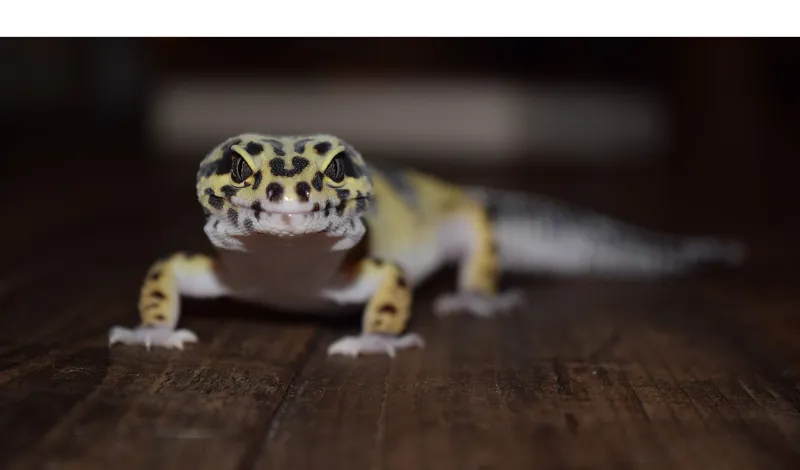
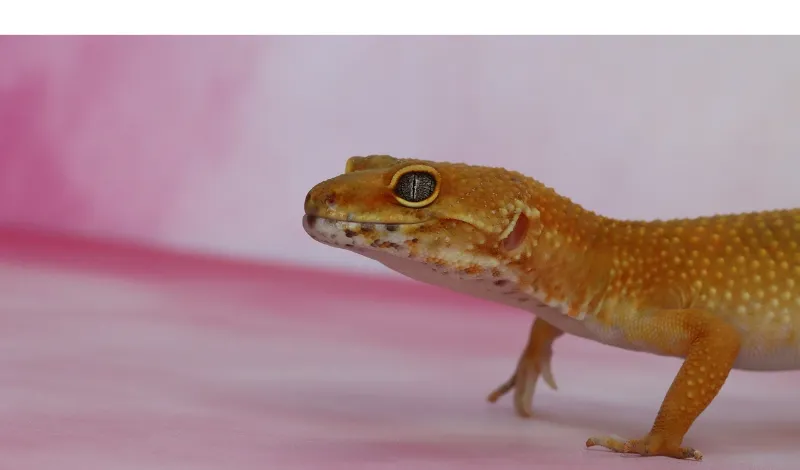
![turn-gecko-lights-off-at-night]](https://www.howtoanimal.com/wp-content/uploads/2023/05/Featured_Image_turn-gecko-lights-off-at-night.webp)
